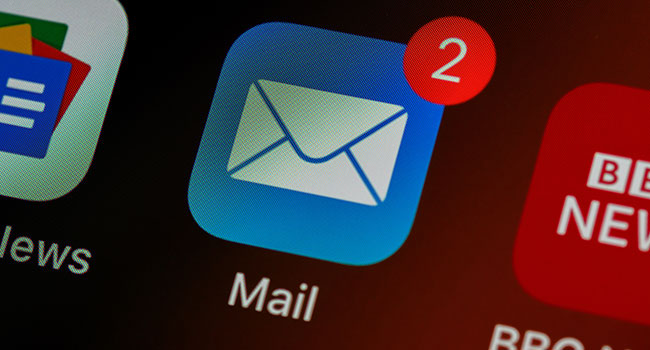 There have been hundreds of stories and several books published about the importance of crafting grammatical, well-thought-out, professional e-mails at work.
There have been hundreds of stories and several books published about the importance of crafting grammatical, well-thought-out, professional e-mails at work.
Yet most people are still under the impression that different rules apply to e-mail. Discipline and planning go into writing letters and memos committed to paper, but most employees think they can be more casual and informal when it comes to interoffice e-mails.
The rules often are completely abandoned when co-workers who work closely together correspond via e-mail. The average e-mail between team members is a strange amalgam of slang, e-mail lingo, misspelled words, sentence fragments and mangled English.
The first commonly made mistake is not drawing a clear line between personal and professional e-mails. A personal e-mail doesn’t have to follow the strict rules of grammar, syntax and spelling. Yet, it doesn’t hurt to get into the habit of applying the same rules to both professional and personal e-mails.
The second mistake made by career builders is failing to realize that all e-mails written at work, whether work-related or personal, are monitored randomly.
In the past, only large and mid-size companies monitored employees’ e-mail. Not any longer. All organizations – large and small, profit and nonprofit, and government – are monitoring their staffs’ e-mails. That includes high-ranking top executives to entry-level sales trainees.
Is it worth testing the waters and putting your job in jeopardy sending personal (often inappropriate) e-mails on company time? Even if you’ve got a better job in the wings, why play Russian roulette with your career? The last thing you want to do is leave a company on bad terms. No reference translates to a negative one.
Companies have been monitoring their e-mails for several decades. Today, however, they’re investing millions of dollars in sophisticated technology that not only monitors inbound and outbound e-mail, but virtually all electronic data sent and received. They are doing this not just to unearth slackers but also to uncover e-mail leaks of confidential information.
Over the past two decades, data leakage has cost organizations billions of dollars. In fact, data leakage via e-mail now is the No. 1 threat of almost half of all U.S. companies.
Take the hint and get used to the idea that you have an electronic presence and identity that’s being evaluated, most likely without your being aware of it. Most organizations, however, inform their employees about electronic surveillance when they’re hired. But it’s likely buried in the fine print of the company’s HR manual that new hires barely skim. It wouldn’t be a bad idea to look it over.
Generally speaking, learn to abide by the commonsense rules of e-mail etiquette.
“Since most businesses use e-mail as the official mode of intra- or interoffice communication, assume that anything you write will remain in existence forever,” cautions James J. and Nicole D. Simon, authors of Y’s Up! 85 Tips from the Trenches to Help You Succeed in Today’s No-Guarantees Job Market.
The Simons offer the following tips to keep in mind when preparing e-mails:
- Most organization e-mail is subject to subpoena, long-term storage and eventual public disclosure.
- Limit the number of recipients to those who require inclusion.
- Make sure the content of an e-mail is clear, concise, professional and brief.
- Always use a subject line because it instantly enables recipients to see what you are writing about. It also makes it easier to search archived messages in the future.
Dana Wilson is a freelance writer.
The views, opinions and positions expressed by columnists and contributors are the author’s alone. They do not inherently or expressly reflect the views, opinions and/or positions of our publication.
